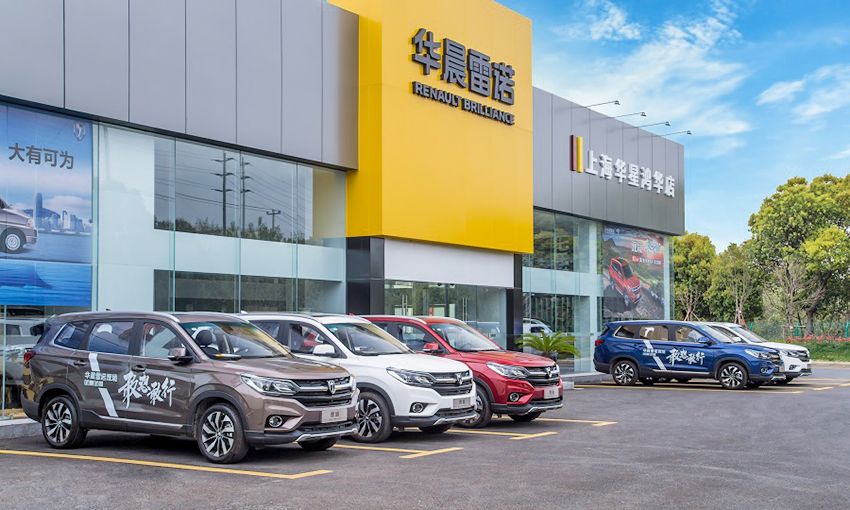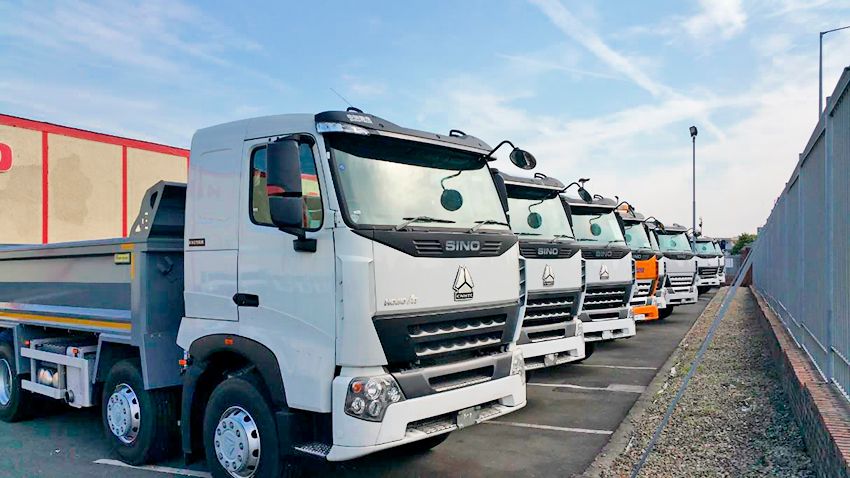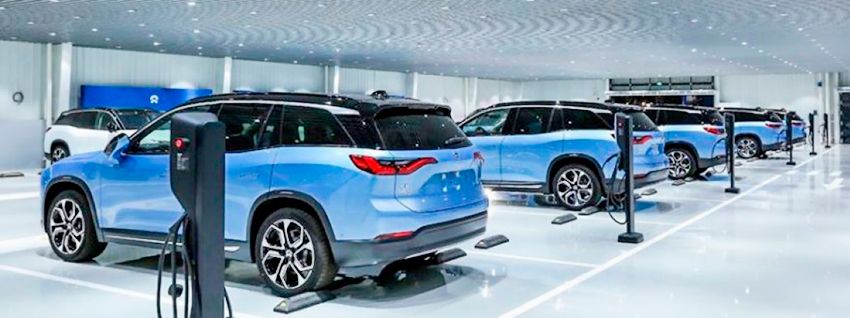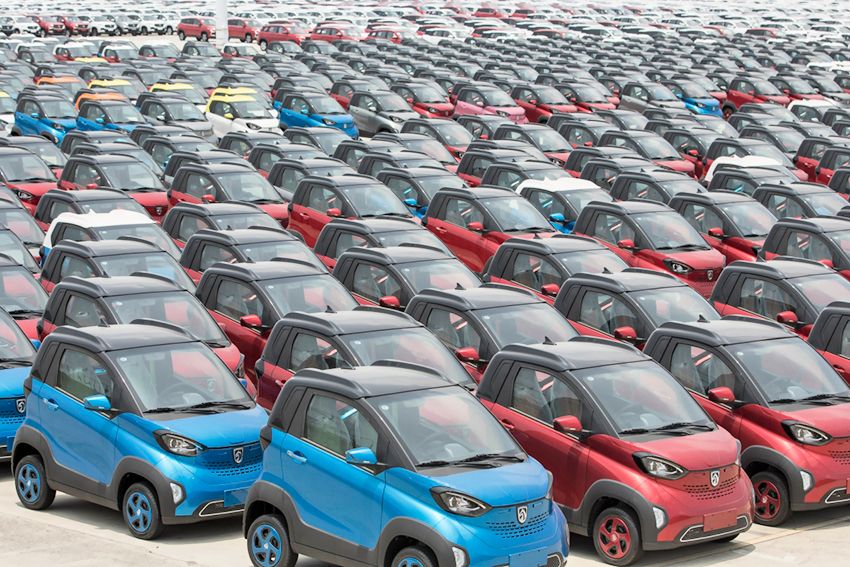The Chinese car market is going to derail the efforts of Beijing

11 July 2019
The Chinese government is going to dramatically up the pace of implementation of electric vehicles
the Market of new passenger and commercial vehicles in China, according to China Association of automobile manufacturers (CAAM) dipped in June by 7.8% to 1.73 million, which is already the twelfth month, despite the fact that the dealerships in many of the provinces hanged generous discounts to reduce inventory in anticipation of changes in the rules of the emissions.
Under pressure from the Central government of China since July 1, in most major cities and provinces were adopted regulations on emissions from State 6, similar to the standards Euro-6.

This step has prompted local dealerships to offer customers significant discounts in a desperate attempt to sell the inventory of vehicles that do not meet new environmental standards.
Such rigidity of Beijing in terms of environmental sustainability of vehicles some local analysts due to the rigid attitudes of the top management of China (read the President XI Jinping), is fundamentally tuned to "the transition from the old to the new economic drivers" that can stimulate economic growth of the economy without compromising the environment. As a result, traditional cars with internal combustion engines based on fossil fuel (ICE) has been allocated by Beijing to the "old" economic factors and more to any stimulation are not, on the contrary, they're going to vigorously displace the new eco-friendly vehicles on alternative sources of energy (NEV).
For the first six months of 2019 sales of new passenger cars in China fell by 14% to 10.13 million
Commercial vehicles
In June, sales of new commercial vehicles including trucks and buses, fell by 18% to 329 thousand In the first half of the supply of new trucks fell by 4.1% to 2.2 million

Total sales of new cars fell last month below 2.1 million, which is 9.6% lower than in June 2018. Over half of the total volume of new car sales in China exceeded $ 12.3 million, which is 12% less compared to the same period last year.
Sales of electric cars
In March, Beijing raised the threshold for technology electric vehicles (BEV), eligible for subsidies, and parallel to halve subsidies for plug-in hybrids (PHEV) with the aim of gradually ending the program of state incentives for these vehicles by the end of 2020.

Under the new rules, now electric cars must ensure the mileage on a single charge not less than 250 kilometers (155 miles) to qualify for subsidies, compared with the 150 kilometres (93 miles) earlier.
However, the government provided a three month grace period, which lasted from 26 March to 25 June. During this period, the electric vehicles that do not meet the new technical standards, would be entitled to 10% of the amount of subsidies, which they claimed earlier.

When the grace period came to an end, consumers rushed to dealerships to be able to buy electric vehicles with power reserve of at least 250 km, which led to growth of sales of electric vehicles overall by 107% in just the past June.
Thanks to the explosive growth of demand for electric cars, the total sales volume of NEV increased by 80% and amounted to almost 152 thousand This amount includes approximately 129 thousand BEV, PHEV 22 thousand and 484 units of electric vehicles with hydrogen fuel cells (FCEV).
In the first half sales of electric vehicles jumped 57% to about 617 thousand Among them BEV about 490 thousand, 126 thousand units 1102 PHEV and FCEV.
Quotas NEV tightening
Fearing that sales of traditional petrol and diesel cars in the first half of the year remained more or less stable, again will go to growth after the cessation of subsidies for NEV at the end of 2020, Beijing has proposed this week to tighten to manufacturers quotas for the production of electric vehicles after 2020.
In terms of the "carbon credits", i.e. essentially a quota system, producers of passenger vehicles in China will have to accumulate enough credits through the production of vehicles of category NEV to reach in 2019, the threshold of 10% of the annual sales of each manufacturer. This limit will increase to 12% in 2020.
In accordance with the strategic plan, the Chinese government now wants to increase the percentage of mandatory sales to NEV 14, 16 and 18%, in 2021-m, 2022, and 2023 years, respectively.
Beijing also proposes to reduce carbon credits, which is entitled to any model NEV. Thus, for a BEV with a range of up to 400 kilometers, they will be reduced to 2.8 from 5.6 at present, while for PHEV, similar to loans will be reduced to 1.8 from 2.0.
The proposed changes in the program of carbon credits, once implemented, will force automakers to continue to rapidly increase production and NEV after 2020.
It is expected that the demand for new cars in China in the near future will remain weak. However, as long as Beijing can continue to subsidize sales of electric cars and hybrids, he was not expected to begin to stimulate the entire automobile market as a whole.
PS Itself, but what happened? Beijing is clearly determined to further sufficiently rigid quotas for production of electric and hybrid cars by all automakers, and, with a clear bias toward the electric vehicle with increased mileage, so that was the direction of acts for today the main trend in the global automotive industry. So that Beijing namely, that strives to promote the most promising for the development of the country technologies. To get off the oil needle – old national dream of China, so that a considerable part of the Chinese fleet to electric allows you to kill two birds with one stone: to reduce dependence on imported oil (which is half of consumption) and convert vehicles to more advanced types of power generation. This will go synergy with drones and connected in an intelligent network of vehicles. In turn, it is possible that China will succeed in reducing the cost of electric cars and upgrade them to break into world market, at least in JV with leading mirovymi automakers, which in turn because of carbon offsets in China are forced to develop EV production accelerated methods. So the circle closes, and do benefit from it, the economy of China and its population – will see..
|
|
|
Element was not found.








